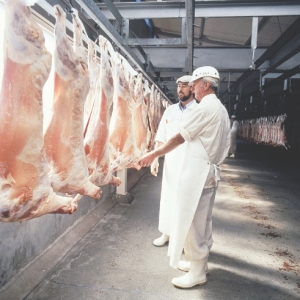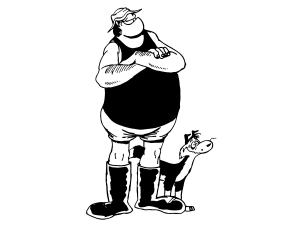Prime New Zealand lamb cuts remain out of reach for some years for many households in developing countries, despite sustained growth in these markets, he says. Westpac predicts China’s growth will accelerate to 8.8% from 7.8% last year.
“Nonetheless the potential’s there to develop top-end markets, as evidenced by the development of the New Zealand tourism market,” Penny says in the bank’s latest Sheep and Beef Outlook report.
“The challenge for lamb producers will be to develop their own niche within this growing top-end market.”
Annual Chinese tourist arrivals overtook British arrivals in 2012, becoming New Zealand’s second-largest market, Penny adds.
The Sheep and Beef Outlook says lamb prices have fallen hard during 2012, while beef prices are still at or near record levels. On one side of the story is Americans wanting their clean fuels and hamburgers and on the other side is recession in Europe with luxuries like lamb off the menu.
In 2011, both beef and lamb hit record levels but since their fortunes have moved in opposite directions with beef 8% down on those highs and lamb 30% lower.
Feed prices for US beef producers are being driven up by drought and the requirement that 13 billion gallons of biofuel must be produced this year under rules designed to reduce carbon emissions and that country’s reliance on imported oil.
US producers have not culled as they normally would following a drought. The cattle herd is at its lowest in 60 years. The US accounts for about 40% of New Zealand beef exports with potential for more growth.
The US Department of Agriculture expects imports to account for over 10% of the total US beef market by March 2013 “of which New Zealand beef exporters will grab their share,” Penny says.
In contrast, Australia has been ramping up its lamb exports, putting downward pressure on world lamb prices. Its lamb production is forecast to increase 15% this year. However, with the European economic recession expected to last well into 2012, the outlook for this product remains weak.
Improving wool prices could offset some of the lost income from weak lamb prices for farmers. China, which accounts for 45% of New Zealand wool exports, is driving the increased demand for wool.
“While other markets are weak, the combination of the increasing Chinese demand along with low wool stock levels should drive firmer wool prices in 2013,” the report says. – Pam Tipa

















